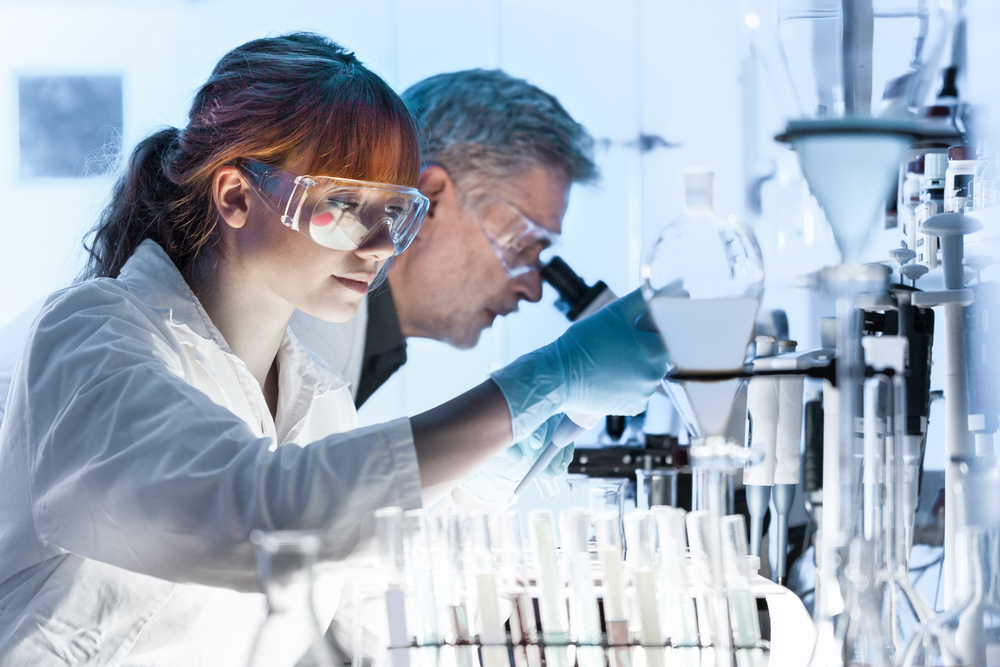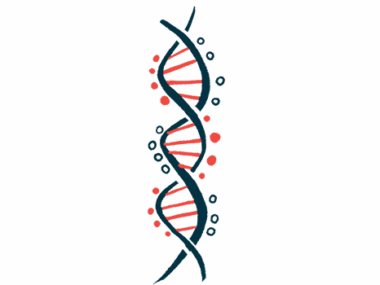Scientists Discover EDS Mutation Linked to Protein Important for Tissue Structure
Written by |

In patients with Ehlers-Danlos syndrome (EDS), defects in the aortic carboxypeptidase-like protein (ACLP) — a protein that plays a key role in wound healing and tissue scarring (fibrosis) — lead to its retention inside cells, increasing cellular stress.
According to researchers, these findings may be relevant for the development of new therapies for EDS patients, as well as those with wound healing and fibrotic disorders.
The findings were reported in the study, “Mechanisms of aortic carboxypeptidase-like protein secretion and identification of an intracellularly retained variant associated with Ehlers-Danlos syndrome,” published in the Journal of Biological Chemistry.
EDS is a connective tissue disorder caused by defects in collagen or other proteins that are part of the extracellular matrix (ECM), the network that surrounds and supports cells.
The disease can be caused by genetic mutations in several genes, including AEBP1, which provides instructions for making the ACLP protein. Patients carrying mutations in this gene develop a subtype of EDS known as EDS classic-like 2 (EDSCLL2), which is characterized by slow wound healing, joint hypermobility, and excessive tissue scarring.
Although previous studies have shown the ACLP protein can be found alongside collagen in the ECM, the mechanisms underlying its release from ECM-producing cells, like fibroblasts, are still unknown.
Researchers at Boston University School of Medicine (BUSM) together with colleagues from Boston University (BU) investigated these mechanisms, and found that in order to be released from fibroblasts and smooth muscle cells, ACLP must be glycosilated in a specific region.
Glycosylation is a complex chemical modification in which a glycan (long sugar molecule) is attached to a specific region of a protein. This type of chemical modification is found commonly in ECM proteins, where it works as a cue for cells to release these proteins to the exterior.
The team also discovered that a mutation in AEBP1 found in a patient with EDS interfered with these mechanisms, effectively preventing cells from releasing the ACLP protein to the exterior, resulting in increased cellular stress.
“We show here that the secreted form of ACLP contains [a type of] glycosylation and that inhibition of glycosylation results in its intracellular retention,” researchers wrote.
To study the function of the ACLP protein in more detail, investigators grew collagen fibers in a lab dish. Collagen fibers make up connective tissue naturally found in ligaments, tendons, and cartilages.
The team generated two types of fibers — some that contained ACLP and others that did not (controls) — and compared the mechanical properties of both fibers.
They found that collagen fibers containing ACLP had better mechanical properties — increased resistance, strength — compared to those made up of collagen only, indicating that ACLP is important to maintain connective tissue integrity.
“We discovered that an EDS-causing mutation in ACLP hinders its secretion [release] and induces cellular stress. We also identified that ACLP contributes to collagen fiber mechanics which may explain in part how ACLP contributes to connective tissue function,” Matthew D. Layne, PhD, associate professor of biochemistry and corresponding author of the study, said in a press release.
“Our study provides new information on the mechanisms of ACLP secretion from cells. Research in these areas add to the continued understanding of protein processing and secretion and their connections to human connective tissue disease,” Layne added.





